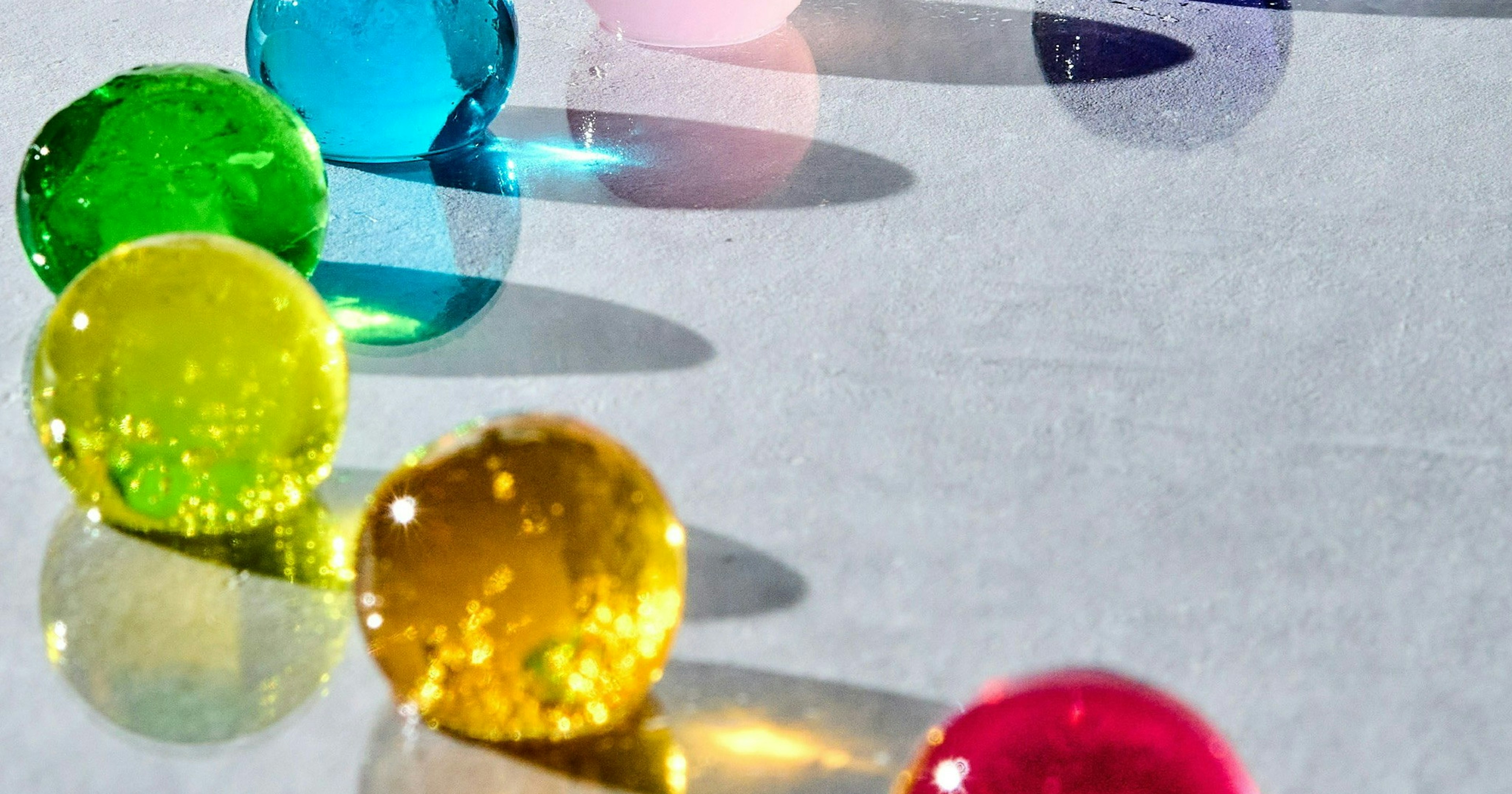
Cover image by Pojio
Camera ISO settings significantly impact the brightness and noise levels of photos. Among them, 'Native ISO' and 'Dual Native ISO' might be somewhat complex concepts. This article clearly explains what these terms mean and how they can be beneficial in photography.

Image by masakun
What is Native ISO?
'Native ISO' refers to the ISO sensitivity at which a camera sensor operates most efficiently. Specifically, it is the setting where the sensor delivers the maximum dynamic range with the lowest noise level.
When shooting within the 'Native ISO' range, the image quality is at its highest. ISO values lower or higher than 'Native ISO' are called 'Extended ISO', which digitally amplifies the sensor signal, potentially increasing noise and narrowing the dynamic range.
What is Dual Native ISO?
Some camera models feature 'Dual Native ISO' (Dual Base ISO) technology, allowing the camera sensor to operate efficiently at two different ISO sensitivities.
Typically, increasing ISO sensitivity results in more noise, necessitating a choice between low and high ISO. However, cameras equipped with 'Dual Native ISO' have two native ISOs for different lighting conditions: one for low sensitivity and another for high sensitivity. This enables optimal image quality by using a low ISO setting in bright environments and a high ISO setting in dark environments.

Image by Shimakou
Practical Use in Photography
Utilizing 'Dual Native ISO' allows you to select the optimal ISO sensitivity based on the shooting scene. For instance, using a low native ISO (e.g., ISO 400) for bright daytime shots and a high native ISO (e.g., ISO 3200) for dark or nighttime scenes minimizes noise while achieving a wider dynamic range. This technology enables filmmakers and photographers to capture high-quality images and videos in various environments.
When choosing equipment, checking for 'Dual Native ISO' compatibility can help you select gear that better suits your needs.



